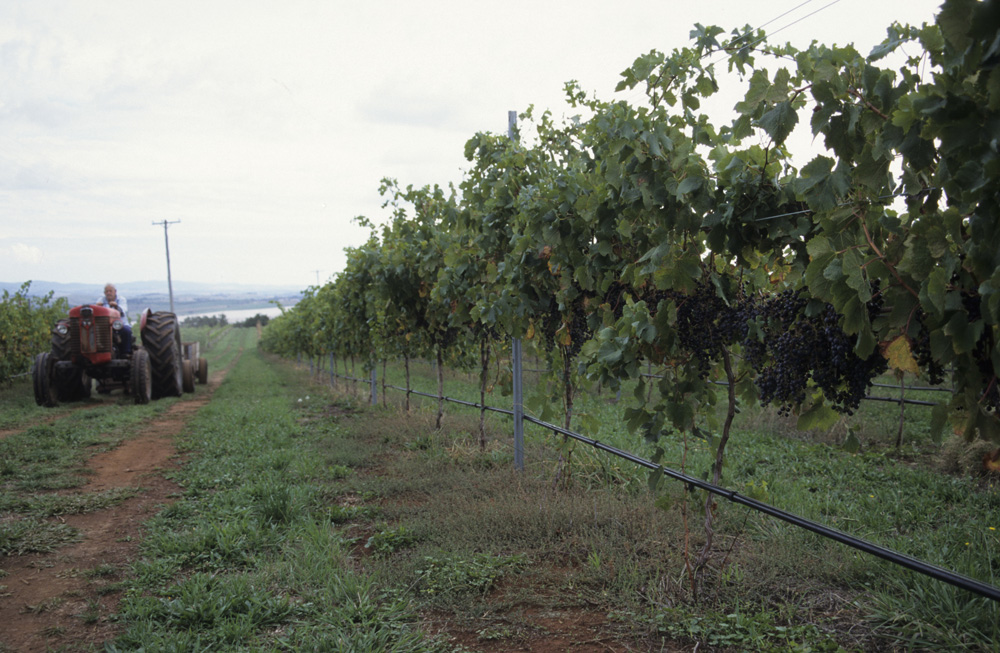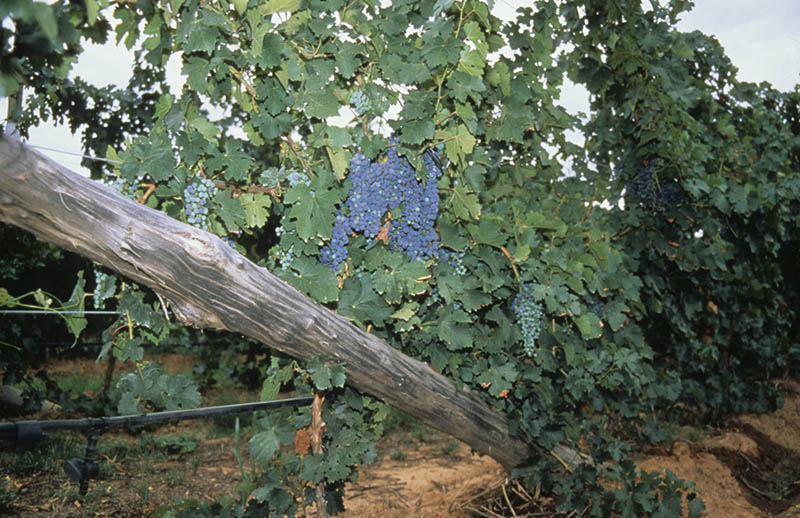- Output $255 million est. Up 12% yoy.
- Production recovered strongly reflecting better seasonal conditions.
- Exports declined primarily due to the loss of China as a viable market.
Vintage 2021 proved to be a significantly better year than the past two vintages. Production recovered strongly and, although prices fell marginally, they were remarkably resilient given the increase in supply, as producers rebuilt inventory. Whilst significantly lower exports to China due to anti-dumping tariffs hurt overall trade, an increase in exports to Hong Kong and the United Kingdom helped offset some of the impact.
Production

NSW wine grapes’ crush was up 17% to 518,040 tonnes.
217
However, the national crush growth was much stronger, up 31%.
217
Consequently, NSW’s share of production fell from 32% to 29%. Whilst seasonal conditions improved and helped drive an increase in production the length and severity of the recent drought continued to have some lingering impacts on production. The total production reported now includes the NSW portion of the Murray Darling – Swan Hill region which was previously included by Wine Australia as one region including both NSW and Victoria. In 2020-21 this region contributed 178,000 tonnes
i
, making it NSW’s second largest wine grape producing region, contributing 34% of the total.
217
The Riverina, which remained NSW’s largest wine grape region, producing over 60% of the total crush, grew volumes by 18%. The Riverina and the Murray Darling – Swan Hill region contribute 95% of NSW’s total production. The Orange and Hunter regions experienced the largest growth in production of 112% and 87% respectively.
217
Last year both regions were severely impacted by drought and smoke taint. The total Australia wine grapes harvest was 2.03 million tonnes which was the largest on record.
Price
Wine grape prices for the 2021 vintage fell 3.9%, to $459 as a result of the increase in supply.
217
The total value of purchased grapes is estimated to be $152 million.
217
Nevertheless, given the record national crush, prices were remarkably resilient as producers rebuilt inventories following several years of below average harvests. By the end of 2019-20, Australian wine inventories had reached a decade low, with Wine Australia estimating a fall of 70 million litres, down 4% year-on-year to 1.7 billion litres.
217
The main regional drivers of the overall price fall were the Riverina and Murray Darling – Swan Hill regions. Given the size of these regions the price falls masked price increases in NSW’s smaller wine growing regions including the Hunter, Orange and Hilltops.
The average price for 2021 vintage red varieties fell 10% year-on-year to $552/tonne due to falls in the most popular varieties: shiraz (-11%), cabernet Sauvignon (-12%) and merlot (-6%). 217 The price of 2021 vintage white varieties increased by 6% to $437/tonne 217 helped by a 6% rise in the price of chardonnay grapes and a 7% rise in the price of sauvignon blanc and semillon grapes. Despite periodic lockdowns due to COVID-19 and some fears of increased competition due to Chinese tariffs forcing some product back onto the domestic market, domestic retail prices for wine actually increased during the year.

Trade
NSW wine exports decreased 6% to $520 million during the year. Exports to China fell 62% during the year due to antidumping tariffs imposed by the Chinese government which effectively shut down the market in the second half of the year. Whilst this hurt exports, NSW was exporting less to China than other states. Prior to the tariff being imposed, China was NSW’s third largest market but much smaller than the US and UK. However, a 10% fall in exports to NSW’s largest export market, the United States also impacted overall exports. These falls were partially offset by an increase in exports to the United Kingdom and to Hong Kong.
128
Australia’s overall exports were also impacted by the China ban with overall exports declining 10% due to a 46% fall in exports to China, even though the tariffs only impacted exports from November 2020. In 2019-20 Australian exports to China were over $1 billion and with exports in 2021-22 expected to fall by almost 100% the industry will face some challenges in replacing this lost market.
Outlook
A positive seasonal outlook and improved water allocations should support NSW wine grape production, especially in the major warm climate production regions. A key question will be the impact of higher supply on wine grape prices especially as wine makers continue to rebuild inventory. Another key question will be the impact of losing China as a major export destination due to the imposition of anti-dumping tariffs. Whilst China has been a less important market for NSW than for other major wine production jurisdictions (where China was the largest export destination), the impact of lost export sales will have some impact. As winemakers seek new markets to replace lost Chinese sales, competition in other export markets will increase. Competition in the domestic market may also increase if new export markets cannot be found, especially for higher priced wines. Ironically, given the Chinese tariffs are based on anti-dumping allegations, China was a very important market for higher priced wines. The average price of wine export sales to China over the last three years was $8.84/litre which is 2.3 times the average price of all wine exports.
128
China’s growing share of total exports, driven by premium wine has been a key driver of rising export prices. Unless new premium markets can be found, the average unit value of exports is expected to fall. Replacing this market will be a key challenge for the wine industry.
Average Australian wine export prices vs China as % of total wine exports
- Average Australian wine export prices ($/ltr, LHS)
- Chinese exports as a % of total exports (RHS)
Source:
GTA (2021)




